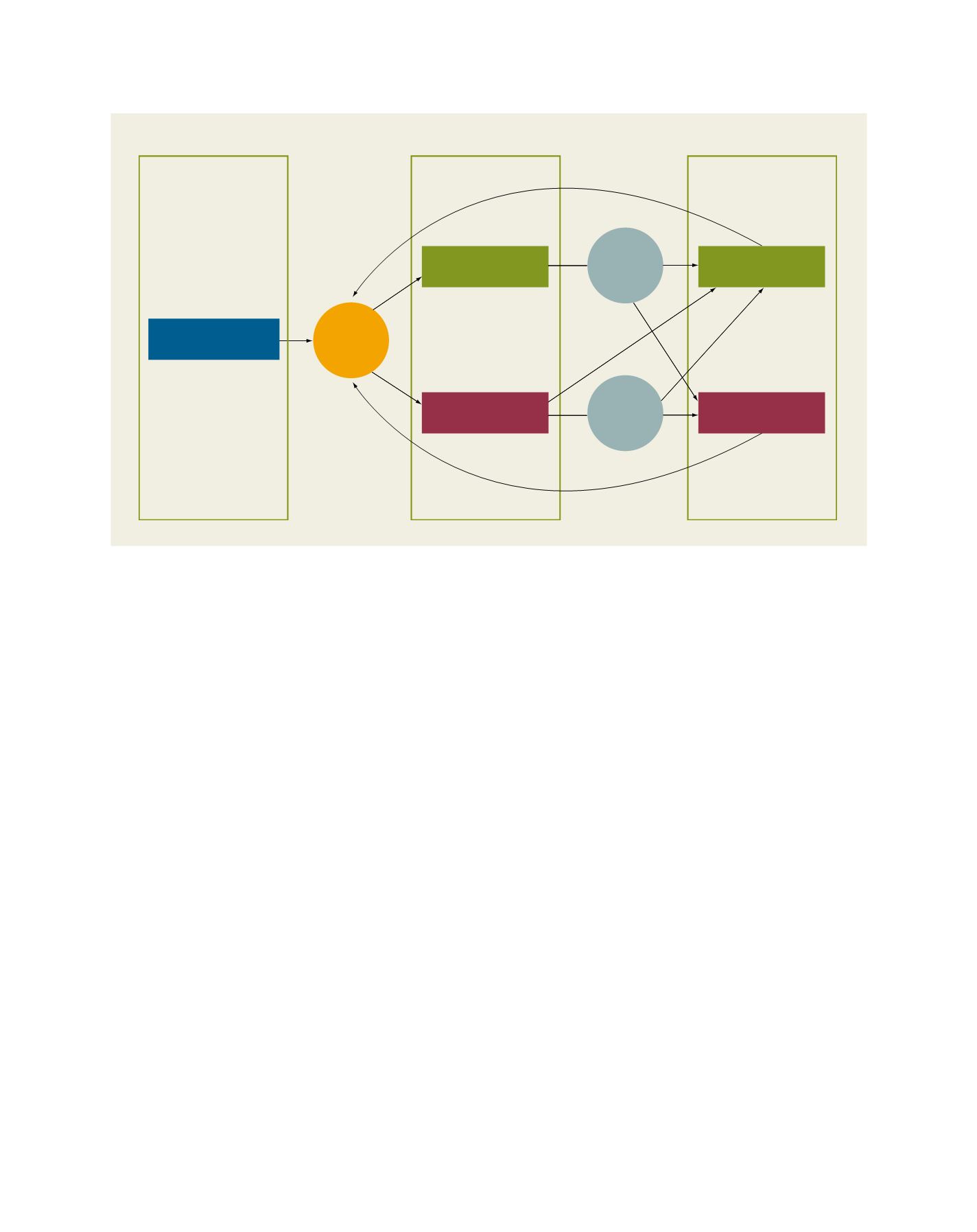

[
] 41
T
ransboundary
W
ater
M
anagement
as a way to achieve the sustainable management of
groundwater resources.
While the body of research about groundwater
governance is rapidly developing and international
actors are increasingly directing resources to this issue,
there are still very few effective groundwater govern-
ance regimes at the transboundary scale. In the absence
of good groundwater governance and in the face of
threatened transboundary aquifers, some states have
experienced conflict and others have been motivated
to seek out cooperative mechanisms for management.
Legal regimes, in particular treaties, are commonly
espoused mechanisms for cooperation. Nevertheless, in
keeping with the Year of Water Cooperation, IGRAC
wanted to better understand who is cooperating over
transboundary aquifers, how are they cooperating, and
what factors lead to this cooperation. Consequently,
IGRAC engaged in an in-depth study of factors that
enable cooperation over transboundary aquifers.
In recent years, significant attention has been given
to the potential for conflict over water resources, espe-
cially transboundary resources. However, research
has shown that it is considerably more likely that
stakeholders will use cooperative approaches than
conflictual ones. In a recent study by De Stefano et al.
of 2,586 recorded ‘water events’ documented between
1948 and 2008, only 31 per cent were considered
conflicts. While occurrences of specific cooperative
events are relatively well documented through media
and publicly available information, there is a gap in
understanding what conditions facilitate sustained
There are two key examples of project-based cooperation for trans-
boundary aquifers in which IGRAC participates. IGRAC provides
project management for the Protection and Sustainable Use of the
Dinaric karst Transboundary Aquifer System (DIKTAS) Project,
which aims to improve the understanding of transboundary ground-
water resources of the Dinaric region of South-East Europe. DIKTAS
is the first ever application of an integrated, transboundary manage-
ment approach to regional Karst water resources and ecosystems.
The GEF Transboundary Water Assessment Programme (TWAP)
is another key mechanism through which IGRAC is enacting inter-
national water cooperation. The objective of the programme is to
conduct a global baseline assessment of transboundary water systems,
including groundwater. In this programme, IGRAC is also developing
an information system to store, manage and disseminate information
derived from the TWAP assessment. In addition to addressing the
technical aspects of groundwater cooperation, these projects examine
the role of groundwater governance in a transboundary context.
The proper governance of transboundary aquifers requires
particularly high levels of international cooperation and coor-
dination. Consequently, IGRAC is increasingly involved with
programmes on groundwater governance through actions such
as contributing to the formulation of the International Law
Commission’s Draft Articles on the Law of Transboundary
Aquifers. IGRAC also stresses the importance of using data and
information as the basis for groundwater management. Access to
this information is crucial to all stakeholders involved in ground-
water governance. Therefore, IGRAC is actively contributing to
the project Groundwater Governance – a Global Framework for
Action. The project is designed to raise awareness on the impor-
tance of groundwater resources for many regions of the world, and
to identify and promote best practices in groundwater governance
No cooperation/no conflict
Neutral state
In-flux state
Stabile state
Catalyzing
event
Cooperative dialogue
Conflictive dialogue
Collective action/
Agreement
Maintain status quo/
No agreement
Additional
information
Additional
information
Enabling
factors
Enabling
factors
Enabling
factors
The role of enabling factors in transboundary aquifer interaction
Source: IGRAC 2012


















